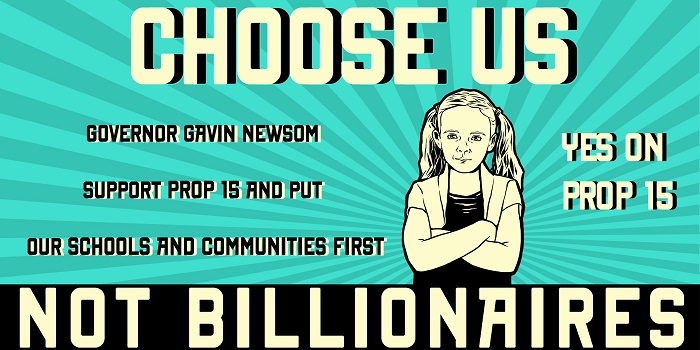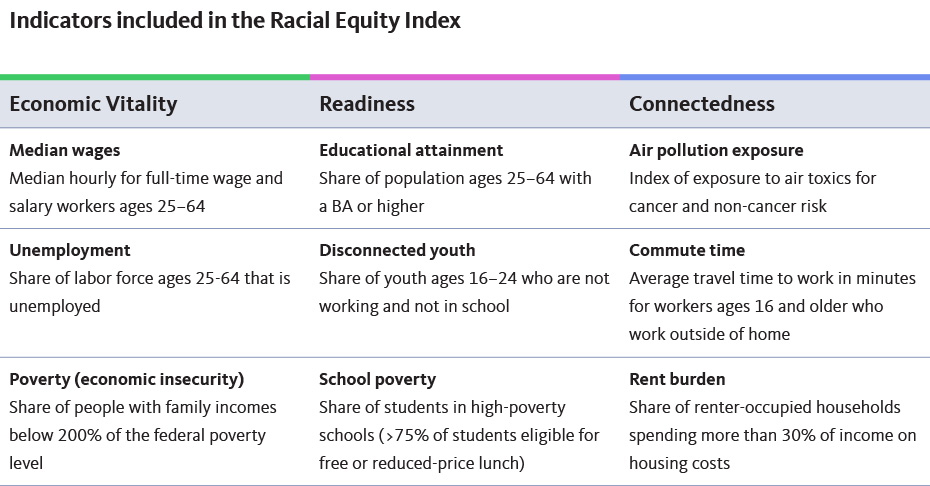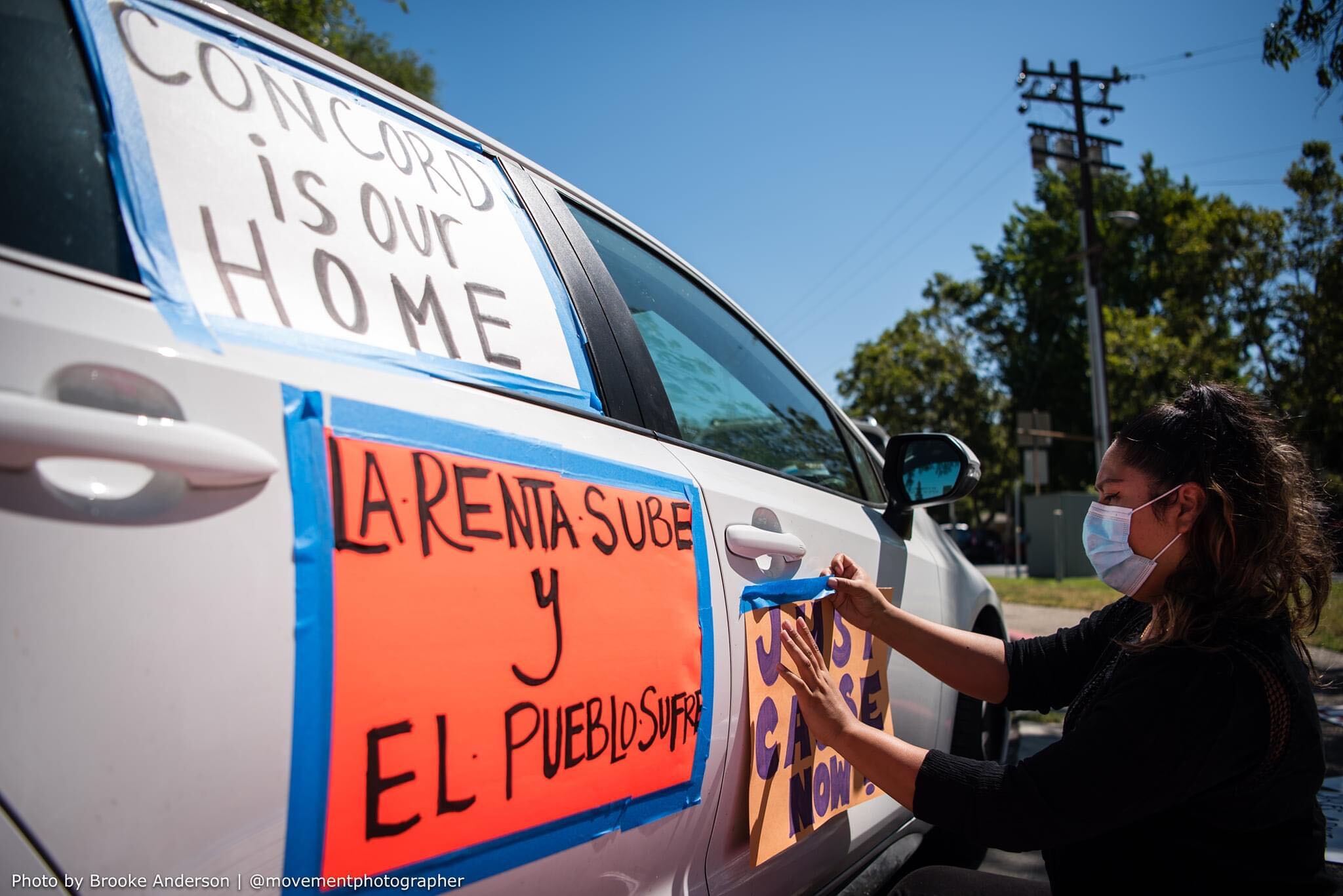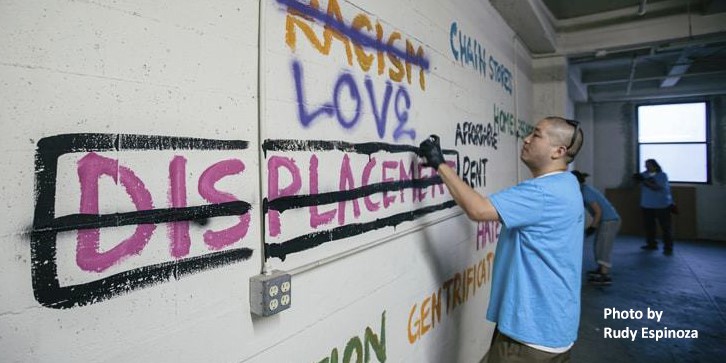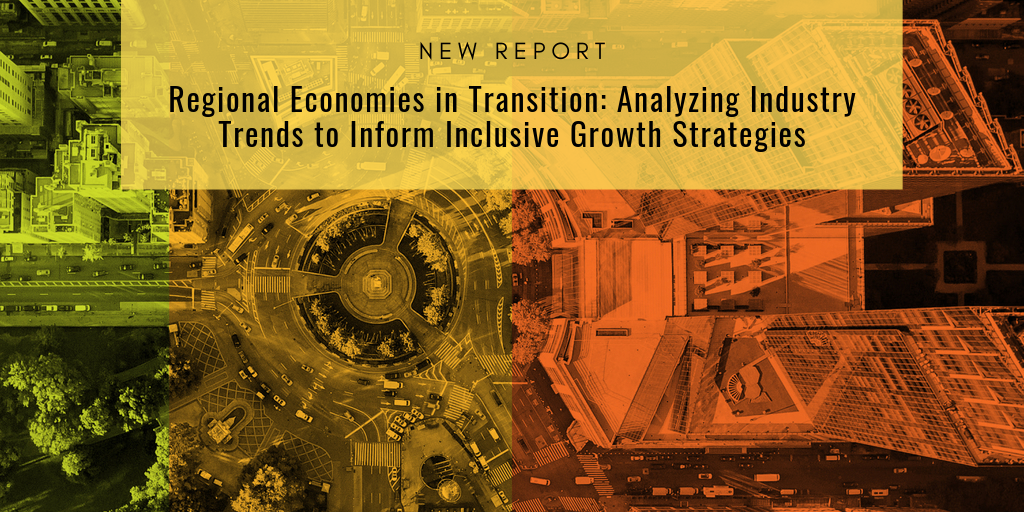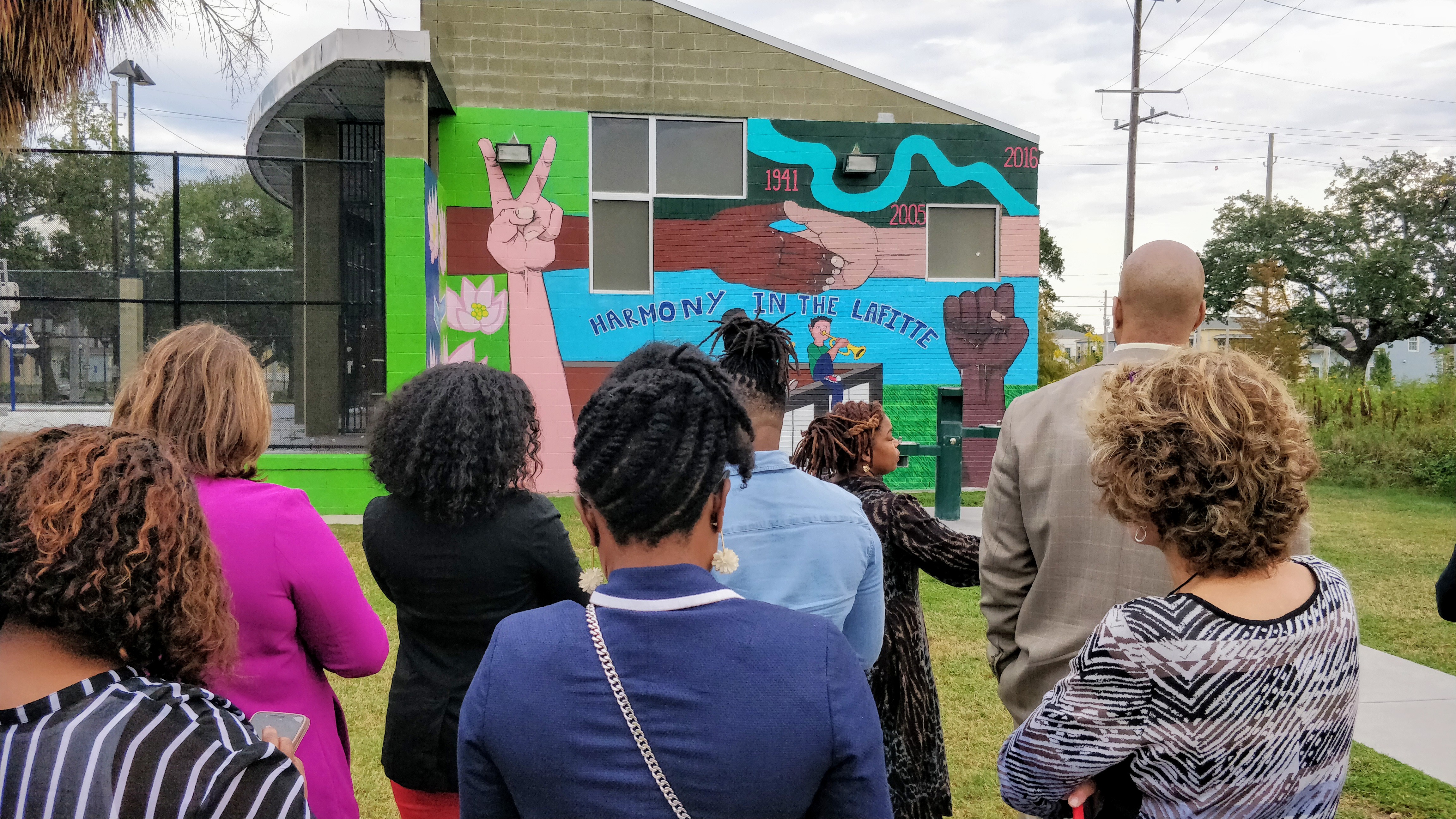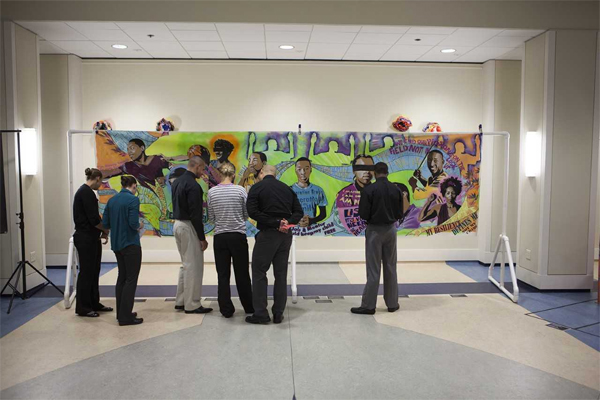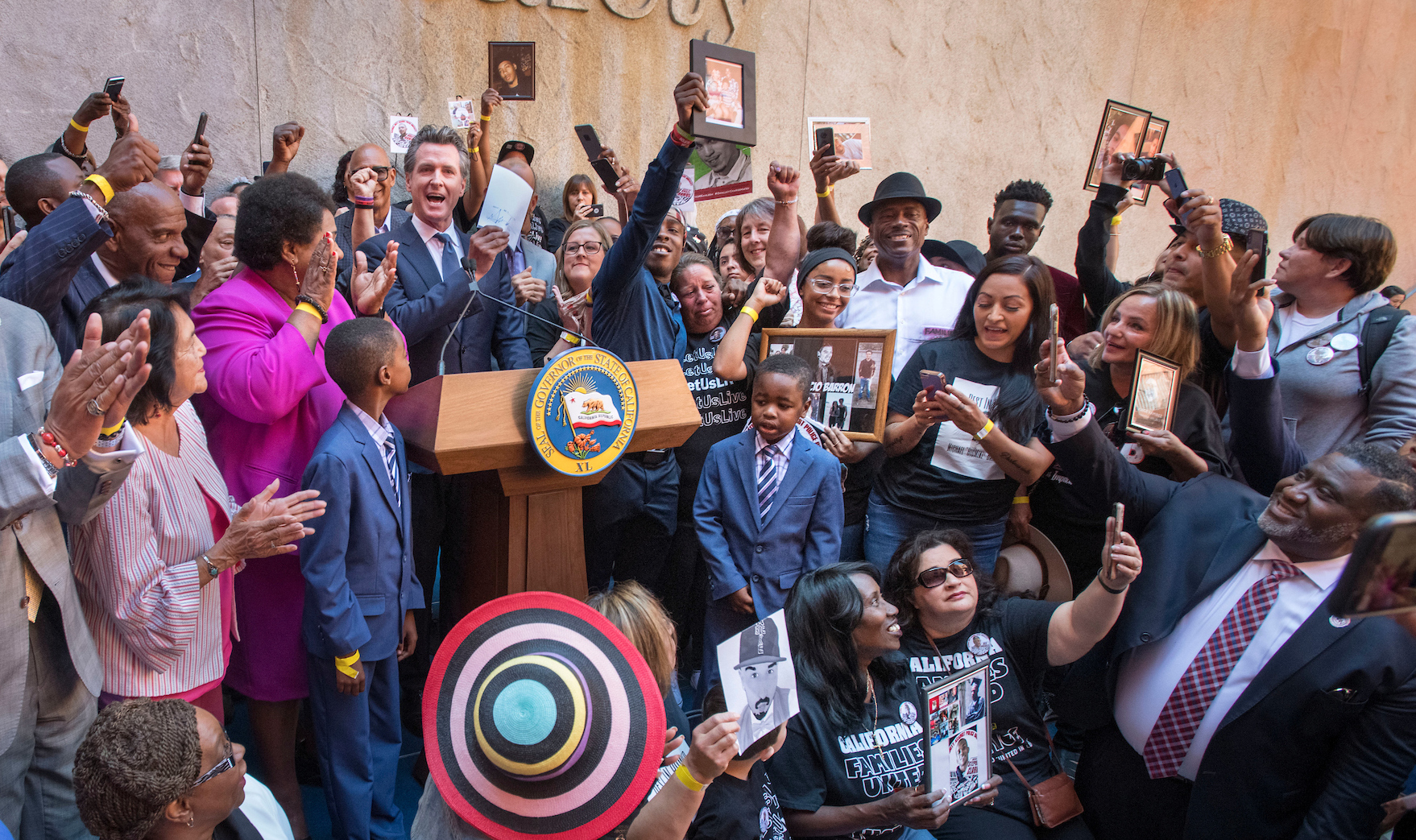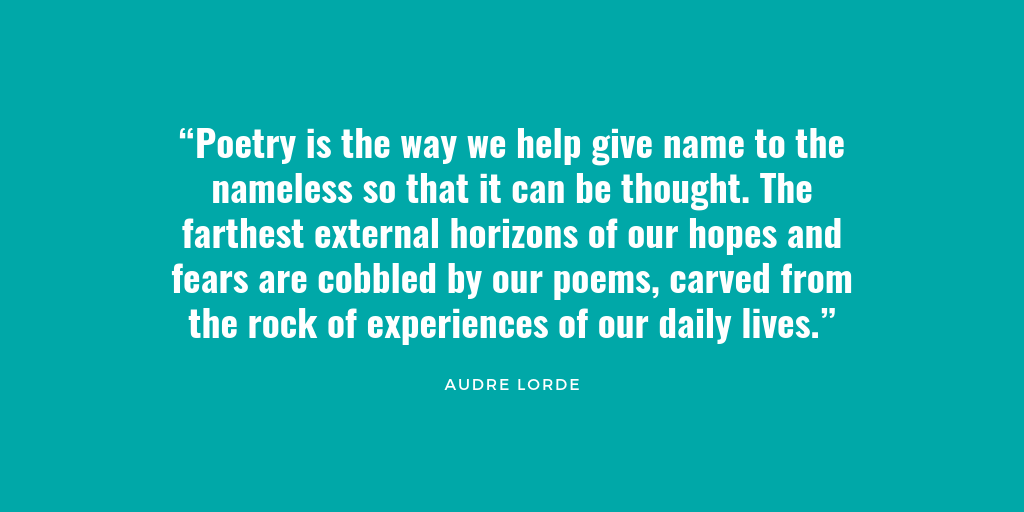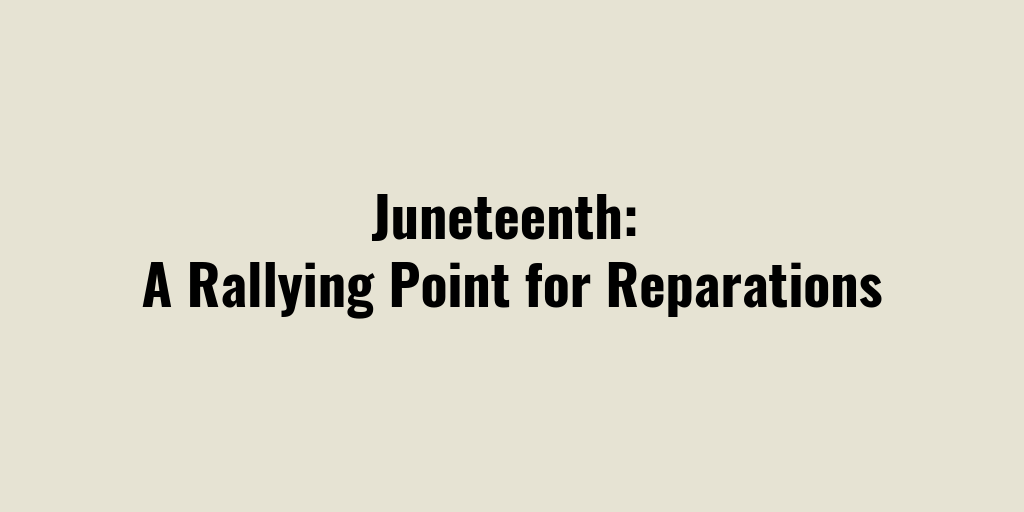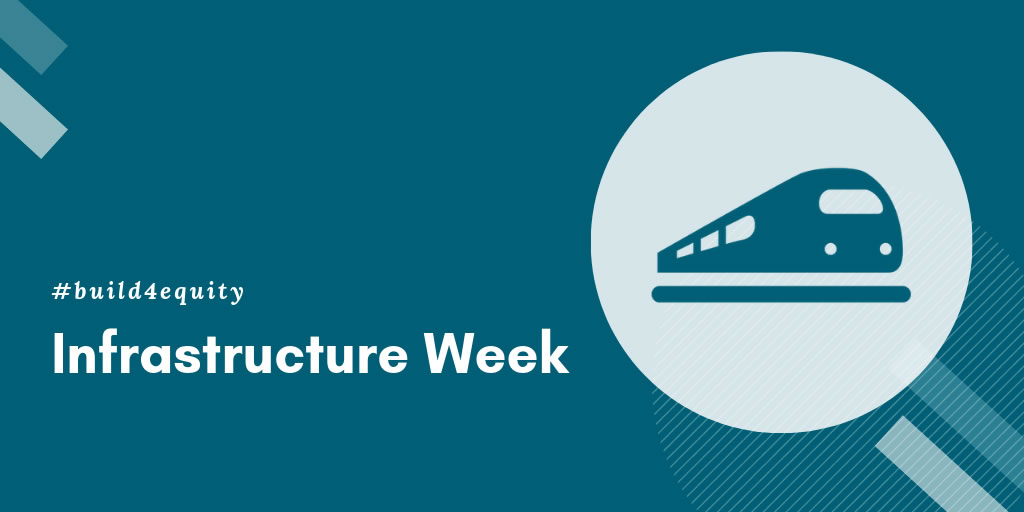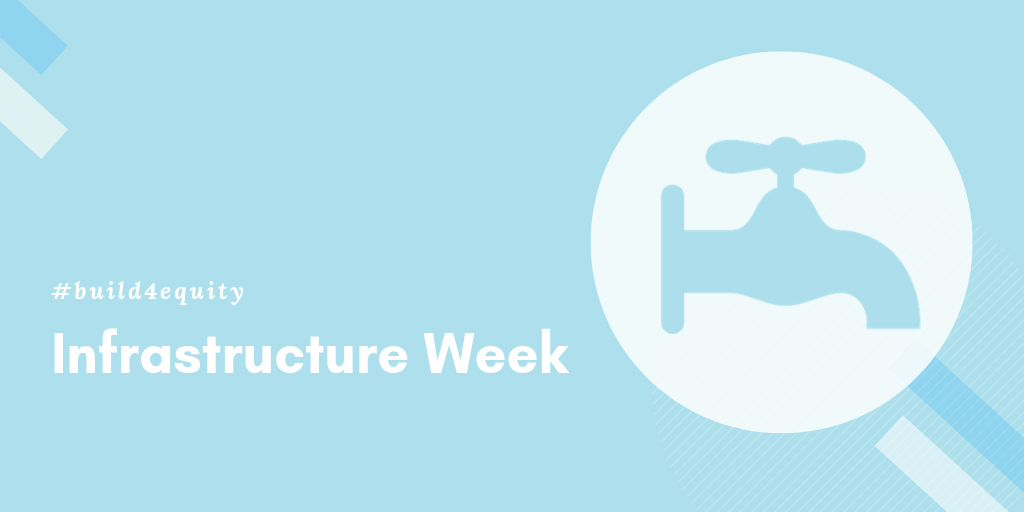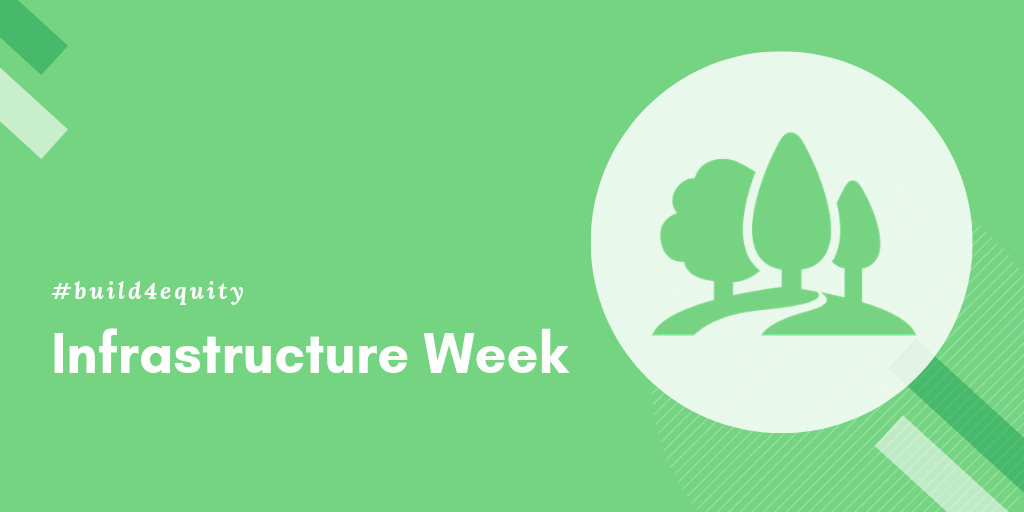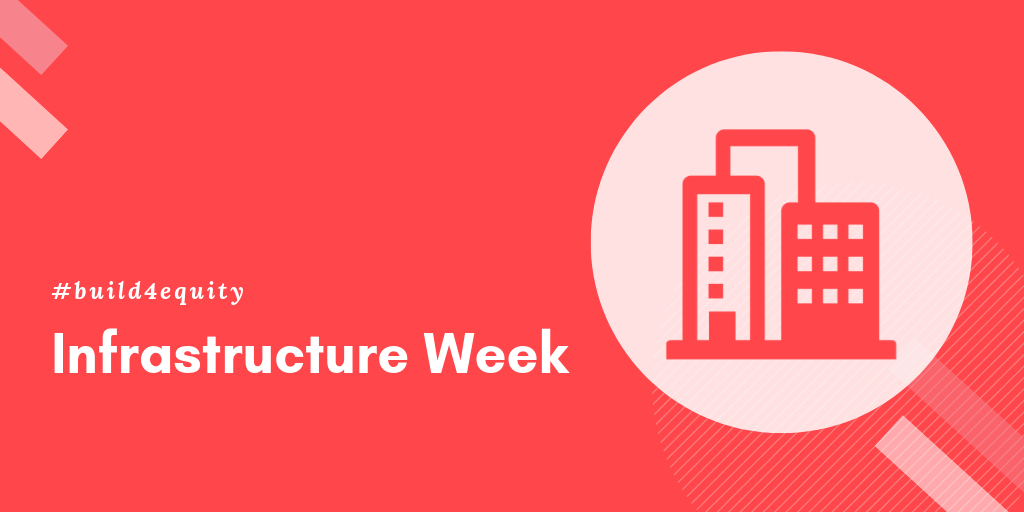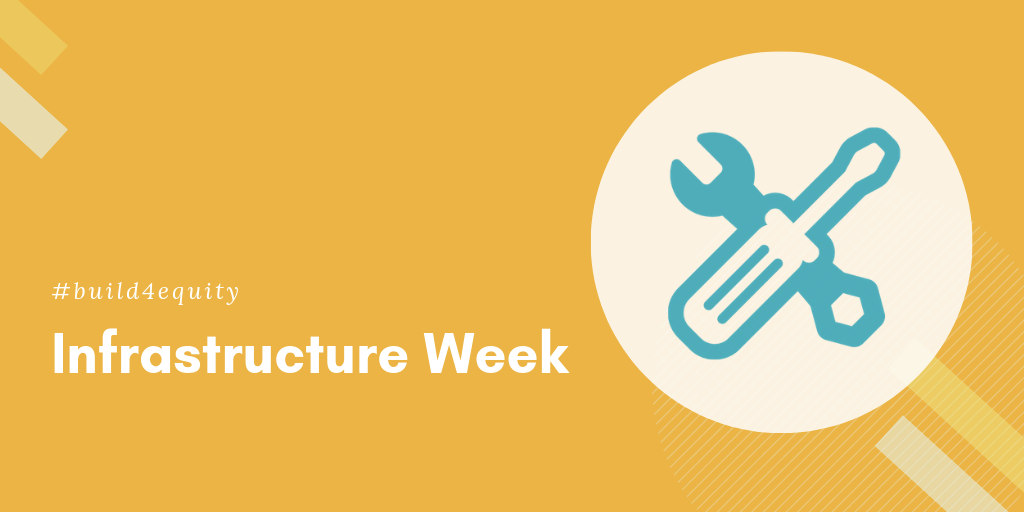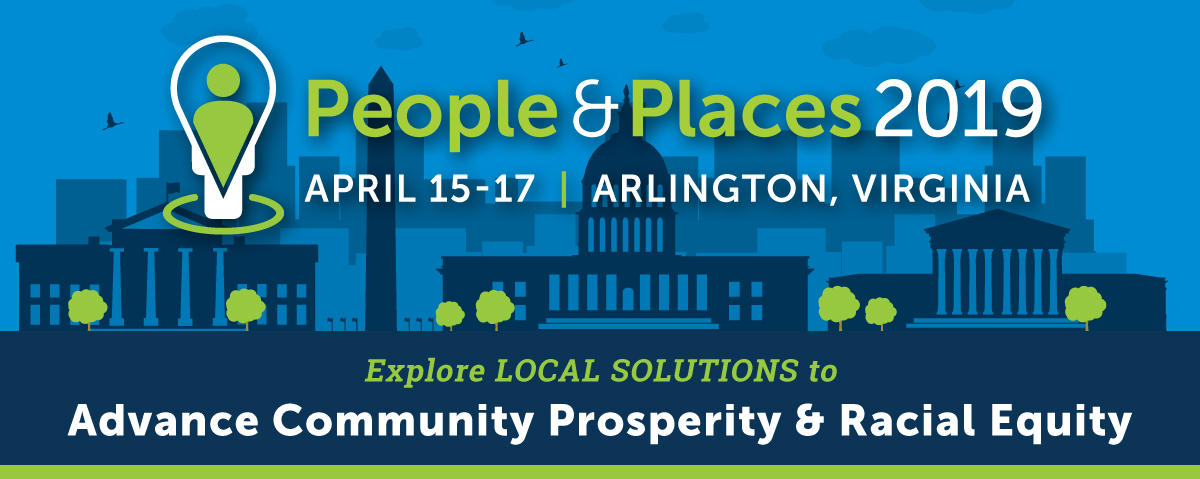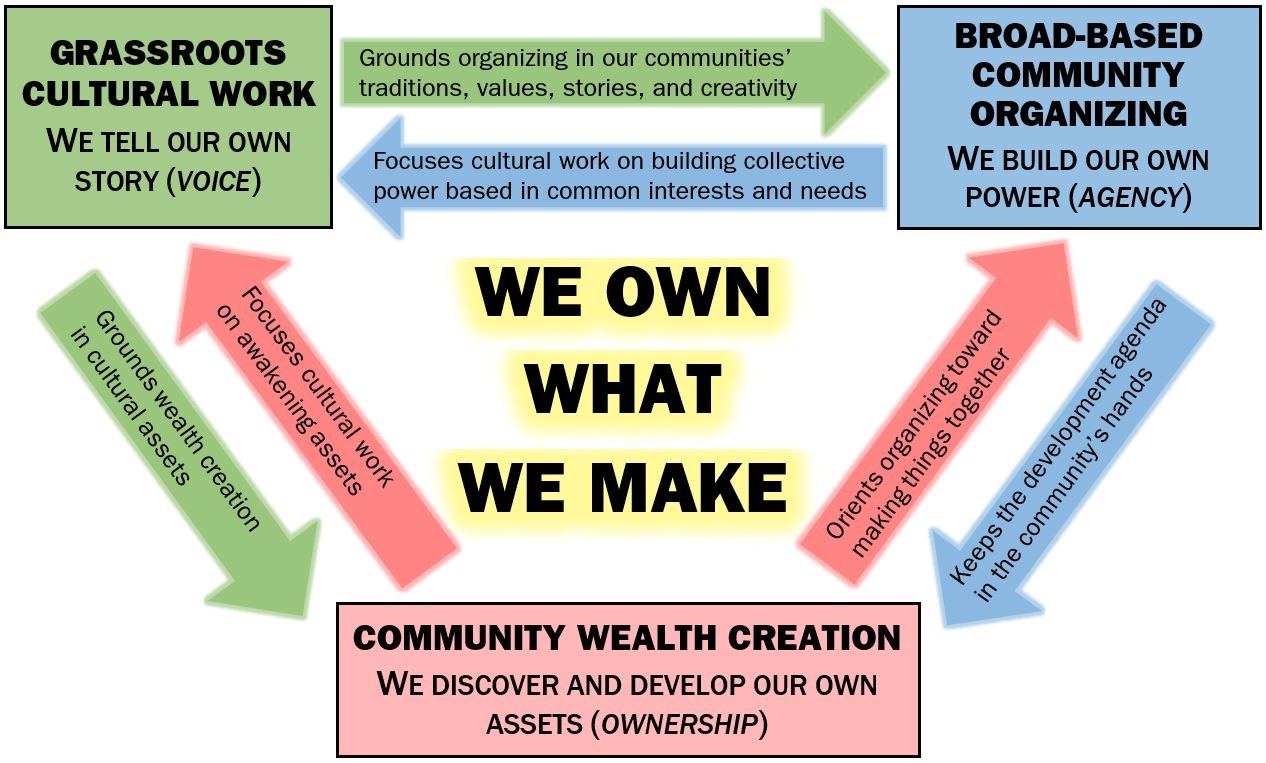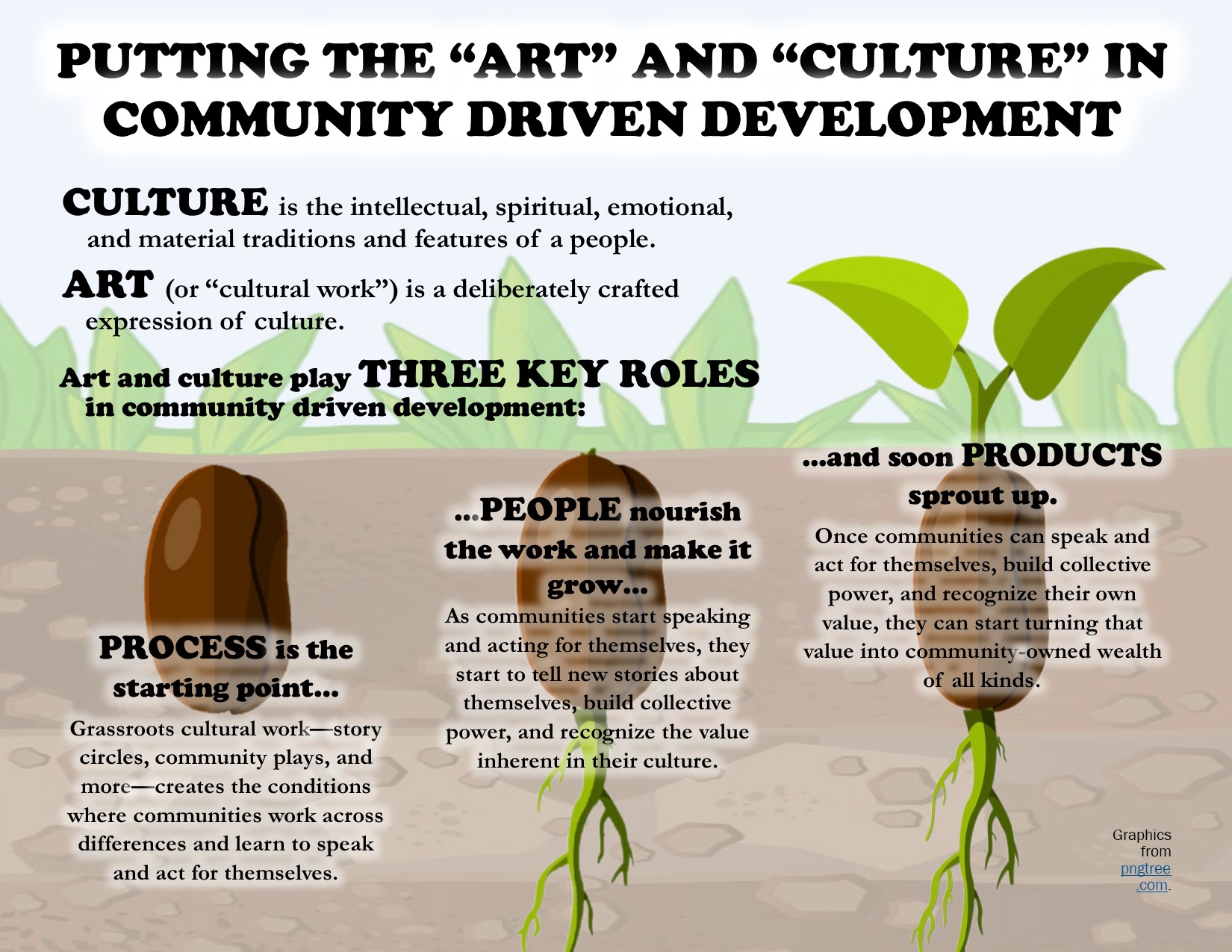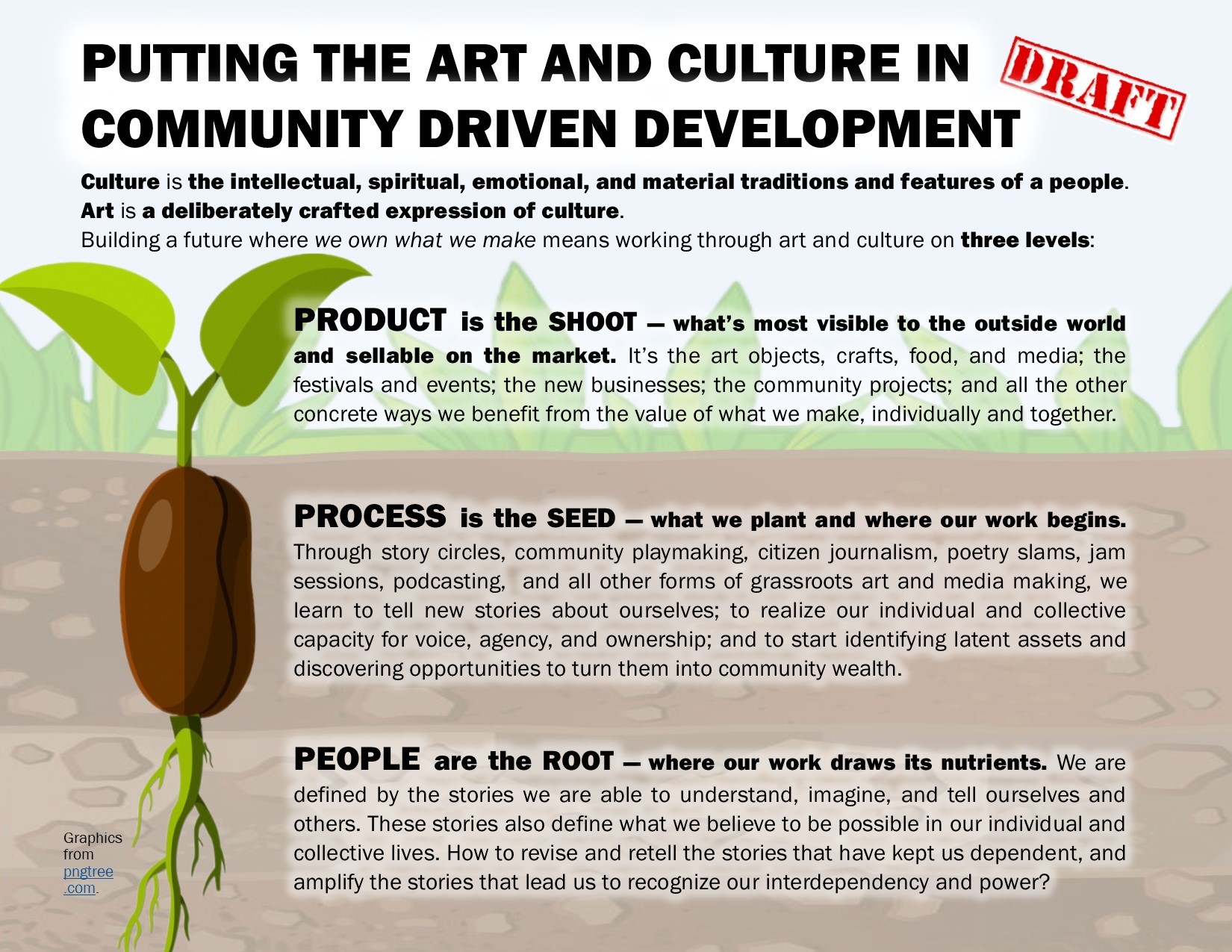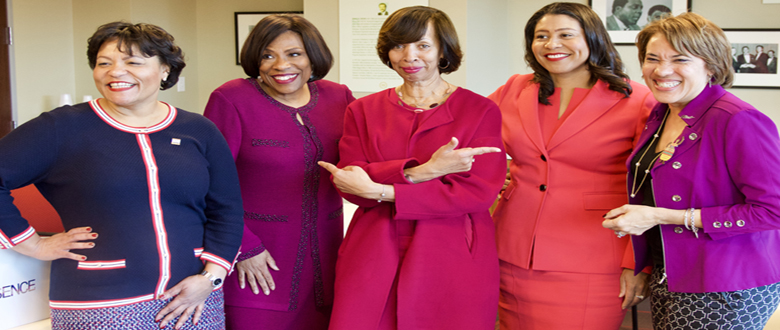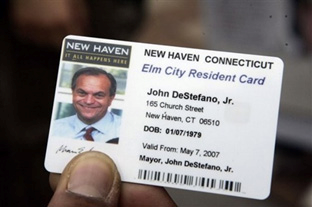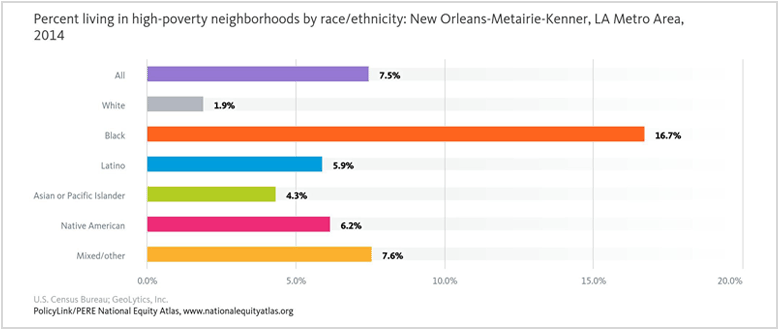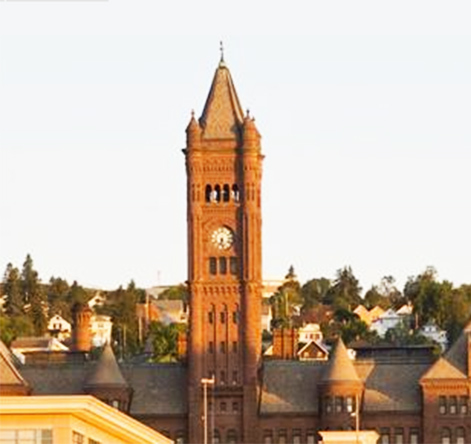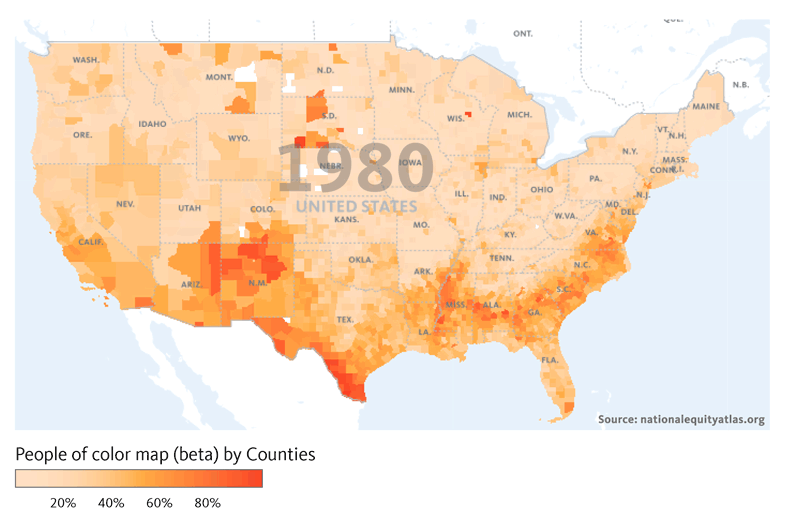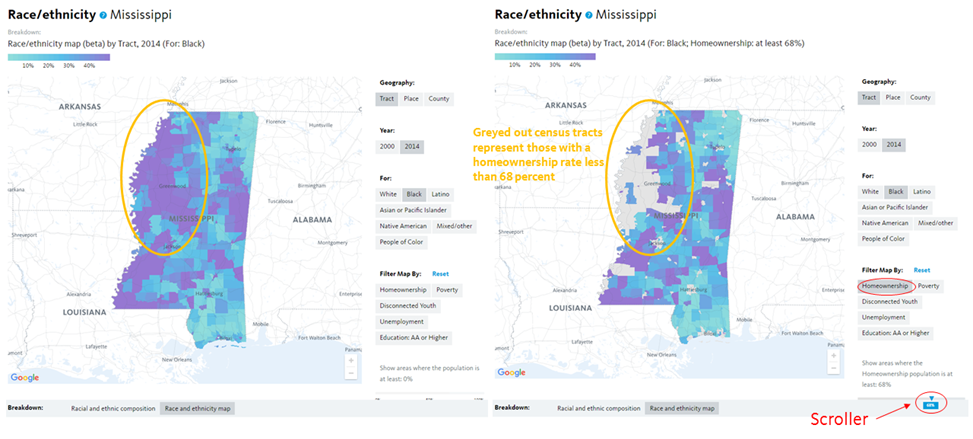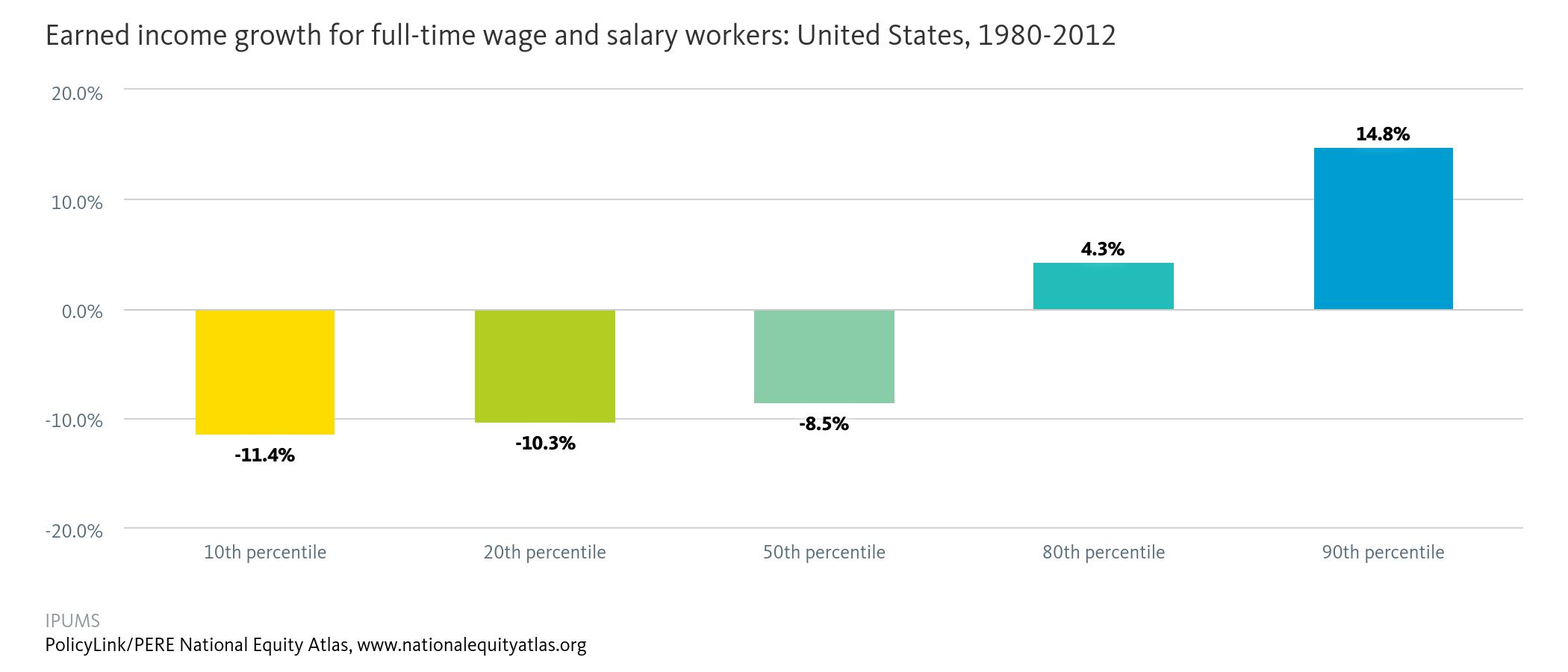Over a span of less than three months, the COVID-19 pandemic has radically upended the lives and livelihoods of millions of workers and their families. Nearly 39 million workers have filed for unemployment insurance, and economists have estimated that 100,000 small businesses have permanently closed. But while the pain has been widespread, it has not been equally shared: workers of color and immigrant workers, especially women, are being hardest hit by the loss of jobs and income and are disproportionately employed in the lowest-wage, essential jobs that place them at risk of contracting the virus.
By Abbie Langston and Sarah Treuhaft (PolicyLink), Justin Scoggins (USC Program for Environmental and Regional Equity), and Joel Simon and Matthew Walsh (Burning Glass Technologies)*
While national data has shown that people of color are concentrated in essential jobs and that Black and Latinx workers have higher unemployment rates, thus far we have lacked detailed data describing who are the most impacted workers in this crisis — crucial facts needed to inform relief and recovery strategies at the local, state, and national levels. This analysis aims to fill that gap.
Based on data on changes in job openings between March 2 and April 13 from Burning Glass Technologies layered with data on worker demographics and wages from the Census, this report offers the most comprehensive analysis of the economic impacts of the crisis on workers by race, gender, nativity, and occupation to date for the United States as a whole and 10 metropolitan regions: Boston, Chicago, Columbus, Dallas, Detroit, Los Angeles, Miami, Nashville, San Francisco, and Seattle. We examine the labor market impacts for three broad and mutually exclusive occupational groups: health-care jobs; frontline non-healthcare jobs deemed “essential” in the midst of the pandemic; and “non-essential” jobs most likely to be subject to the economic shutdowns that followed declarations of emergency at the federal, state, or local level. See the methodology below for further details and download the data for the US and the 10 regions here.
Our seven key findings:
- In the wake of the coronavirus outbreak, job opportunities have fallen sharply across the economy, and most deeply among the lowest-paid non-essential jobs.
- People of color are overrepresented in the non-essential jobs hit first and hardest by the economic downturn.
- The jobs with higher risk of exposure to coronavirus will likely be among the last to come back, putting Black, Latinx, and Native American workers at heightened risk of long-term unemployment.
- Essential jobs have been less impacted by slowing growth, but Native Americans and immigrants are more concentrated than other workers in essential jobs where opportunities are declining.
- Jobs with growing demand in the midst of the downturn could provide lifeboats, and a pathway to economic security, for the unemployed.
- Healthcare jobs have seen the least overall decline in job postings, but racial and gender wage gaps are more pronounced in health care than in other occupational groups. Black and Latinx women are especially concentrated in lower wage health care occupations.
- Metros with greater economic diversity and stronger growth prior to the crisis, such as San Francisco and Seattle, have experienced less extreme job-market impacts. Regional economies that rely heavily on tourism, such as Miami or Nashville, have been hit particularly hard by the downturn.
To address the inequities highlighted in this analysis and lay the foundation for an equitable recovery, policymakers must protect workers by ensuring safe conditions and adequate protections and improving the pay and quality of low-wage jobs; supporting dislocated workers through direct supports and targeted job training and placement programs; and plan for a changed economic landscape in the wake of the pandemic downturn.
Background
As the human and financial costs of COVID-19 continue to mount, they follow the nation’s racial fault lines of health inequities and toxic economic inequality. People of color and low-income workers are disproportionately vulnerable to both the health risks and the economic risks presented by the coronavirus pandemic. Inequitable access to material resources, chronic stresses caused by systemic racism, and other “upstream forces” contribute to racial disparities in the underlying health conditions that make people more vulnerable to COVID-19. Recent data shows that Black Americans are dying from coronavirus at 2.4 times the rate of Whites, revealing the deadly impact of these inequities.
Racial economic inequities are similarly exacerbated. In April, with an overall rate of 14.7 percent, unemployment hit 16.7 percent for Black workers and 18.9 percent for Latinx workers. Women are also overrepresented among the workers dislocated by the coronavirus: while women comprise 49 percent of the US workforce overall, they accounted for 55 percent of those who lost their jobs in April. Unemployment for Latinas rose to 20.2 percent — the highest rate of any group. Single mothers in particular — whose households are more likely than any other type to be economically insecure — may be forced out of work either by actual job cuts or by lack of access to childcare in the face of school closures and social-distancing measures.
At the same time that women and people of color bear a disproportionate share of COVID-related job losses, they are also overrepresented among the essential workers buoying the economy and performing work vital to the functioning and well-being of the nation: the frontline farm, factory, warehouse, grocery and delivery workers shepherding the supply of food, medicine, and essential goods; the nursing assistants, home health aides, health care technicians and other health care support workers caring for people with illnesses or disabilities; the transit and delivery drivers who keep communities connected; and the janitors and cleaners whose work is critical to protecting public health and stemming the spread of the virus. While workers in many of these essential jobs are shielded somewhat from the threat of unemployment, they are more likely to be exposed to coronavirus by virtue of their proximity to others and contact with the public. Many of these essential workers earn low wages with few benefits and worker protections, and their economic situations give them little choice but to work despite the health risks.
FINDING 1: In the wake of the coronavirus outbreak, job opportunities have fallen sharply across the economy, and most deeply among the lowest-paid non-essential jobs.
Between March and April, weekly job postings declined for all but a few occupations including health-care jobs (such as physicians, respiratory therapists, pharmacy technicians) and essential service jobs (such as packers and packagers, stockers and order fillers, and cashiers). Demand for non-essential service and care workers fell precipitously: postings for waiters and waitresses shrank by 77 percent; childcare worker postings decreased 60 percent; and customer service representative postings declined 57 percent. Frontline and essential occupations have been better insulated from the demand shock, but there has still been a significant decline in weekly job openings for most occupations. Truck driving and driver/sales work are considered essential occupations with only a moderate health risk, for example, but still saw a 35 percent decrease in weekly job postings.
As states and counties begin to ease restrictions on business operations, jobs with lower COVID-19 risk — those that require less physical proximity to others — are likely to be among the first to recover, while jobs with higher COVID-19 risk will be slower to return. Workers displaced from higher risk, non-essential jobs are more likely to experience long-term unemployment, while the businesses that employ them may face increased pressure to automate operations in light of the ongoing pandemic, both to mitigate human interaction and to achieve longer term cost savings.
The chart above shows both labor-market impact and COVID-19 risk by occupation. The X-axis indicates change in weekly job postings between the weeks of March 2 and April 13: the further left on the axis, the greater decline in job opportunities. The Y-axis shows the COVID-19 risk faced by workers based on O*NET data indicating the physical proximity to others required by each occupation, with scores ranging from 0 to 5. The higher the number, the higher the risk: for example, dental hygienists and physical therapists are at the top of the scale, while loggers, sculptors, and painters are at the bottom.
Employment opportunities have declined most dramatically in non-essential occupations at the bottom of the income distribution. Weekly job postings have fallen by more than 50 percent for non-essential occupations in which workers (both full- and part-time) earn less than $35,000 per year, with the deepest declines for those in which workers earn less than $10,000 per year.
Many of these occupations are held by tipped workers earning sub-minimum wages in food service and other service industries. Because they rely on discretionary (and not compulsory) spending and customer behavior and require close proximity to other people, these jobs will likely take longer to recover than non-essential jobs that can be done in accordance with social-distancing guidelines.
For individuals newly unemployed from these jobs, this steep decline in demand underscores their precarious economic outlook: workers in low-wage service occupations are especially vulnerable to prolonged joblessness because their work requires close physical proximity to others. Many of them may also be ineligible for unemployment benefits because they do not meet minimum income thresholds, are classified as self-employed, or are paid “under the table.”
Certain groups of workers — food service workers, bartenders, most “gig” workers, many agricultural workers, seasonal employees, domestic workers, and people with disabilities — can be paid sub-minimum wages due to legal exemptions to labor standards. Among these lower paid occupations, the vast majority of nannies and housekeepers are women, and most of them are people of color. Almost 25 percent of food-delivery gig workers are Black (twice their share of all workers). People of color account for about 40 percent of all tipped workers, and are more likely to experience poverty than their White counterparts.
FINDING 2: People of color are overrepresented in the non-essential jobs hit first and hardest by the economic downturn.
Overall, the US workforce is 63 percent White, and 37 percent people of color, including 11 percent Black, 17 percent Latinx, 6 percent Asian, and 1 percent Native American.
The steepest declines in job postings were for the non-essential jobs disproportionately held by workers of color (represented in orange in the above chart). These include jobs with higher risk of exposure to coronavirus, like dining room and cafeteria attendants (54 percent people of color) and manicurists and pedicurists (79 percent people of color), as well as jobs with slightly lower health risks, such as interpreters and translators (56 percent people of color). White workers are overrepresented in just four of the 15 occupations that experienced the greatest demand shock: bartenders (74 percent White), tax preparers (65 percent White), meeting, convention, and event planners (73 percent White), and other entertainment attendants and related workers (65 percent White). FINDING 3: The jobs with higher risk of exposure to coronavirus will likely be among the last to come back, putting Black, Latinx and Native American workers at heightened risk of long-term unemployment.
Assuming that higher risk non-essential jobs will experience a longer duration of disruption due to COVID-19, workers of color will be disproportionately impacted. Among those found in these roles, 43 percent of White workers and 38 percent of Asian workers are in higher risk roles. By contrast, slightly more than half of Black, Pacific Islander, and Native American workers in non-essential occupations are in higher risk jobs, along with 57 percent of Latinx workers — the highest rate of any racial/ethnic group.
The non-essential jobs with the highest COVID-19 risk will likely be the slowest to rebound — and many of them may not return at all. People of color are overrepresented in the largest of these occupations, and those that pay the lowest wages.
The federal Paycheck Protection Program has provided more than $650 million in forgivable loans, primarily to businesses with fewer than 500 employees, to help cover payroll and other costs for struggling businesses. The program expires on June 30; without additional funding, job losses in these occupations may spike again if businesses cannot yet safely resume operations or, if despite modified operations, their customers are reluctant to return. Workers in high-risk, non-essential jobs — hairdressers and barbers, manicurists, teaching assistants, restaurant workers and bartenders, maintenance and landscaping workers, among others — are at increased risk for long-term unemployment. In the first six weeks of the economic crisis, demand declined for most of these jobs by more than 50 percent. FINDING 4: Essential jobs have been less impacted by slowing growth, but Native Americans and immigrants are more concentrated than other workers in the essential jobs where opportunities are declining.
While essential occupations have been relatively insulated from the demand shock of the 2020 economic downturn, growth has slowed considerably. Within all racial/ethnic groups, immigrant workers are most likely to be negatively impacted by these labor market dynamics, and Native Americans are more likely than other US-born workers to be negatively impacted. Overall, immigrants find themselves in occupations that have experienced far greater declines in employment opportunities, with an average decline in new weekly job postings of 31 percent compared with 23 percent for US-born workers. Latinx, Black, and Pacific Islander immigrants have seen the steepest drops in employment opportunities (30 percent or higher), while US-born Asian and Latinx workers have experienced the least job market disruption (22 percent or less). FINDING 5: Jobs with growing demand in the midst of the downturn could provide lifeboats, and a pathway to economic security, for the unemployed.
Nationally, demand has grown in a handful of (mostly essential) occupations. Some of these roles offer high-quality jobs, but carry skills and educational requirements that make them unsuitable for rapid training and placement of dislocated workers. For example, respiratory therapist positions are experiencing increasing demand but can take up to two years to prepare for. But other roles, such as stockers and order fillers, can be lifeboats for the unemployed — offering near-term employment that does not require extensive retraining, and providing a skills pathway into higher quality jobs, like postal service clerks. FINDING 6: Health care jobs have seen the least overall decline in job postings, but racial and gender wage gaps are more pronounced than in other jobs. Black and Latinx women are especially concentrated in lower wage health care occupations.
Across all occupational groups – health care, essential, and non-essential jobs — people of color are clustered at the bottom end of the wage distribution, whiåle White workers are overrepresented in higher wage jobs. Workers of color are significantly overrepresented in low-wage non-essential jobs like dishwashers ($10 median wage) and skincare specialists ($12 median wage), as well as low-wage essential jobs like personal care aides ($11 median wage) and hand-packers and packagers ($11 median wage).
Among Black, Latinx, and Native American women in essential jobs, half earn less than $12 per hour — far short of the average living wage in the United States ($16.54 per hour) and just $0.57 for every dollar earned by White men in essential jobs at the median. Looking at each occupational group separately, racial and gender wage gaps persist, with men earning more than women within each racial/ethnic group and White workers’ pay outpacing all workers of color except for Asians. These gaps are most pronounced among health care workers, where Black and Latinx women are more concentrated in lower wage occupations than any other group.
FINDING 7: Metros with greater economic diversity and stronger growth prior to the crisis, such as San Francisco and Seattle, have experienced less extreme job-market impacts. Regional economies that rely heavily on tourism, such as Miami or Nashville, have been hit particularly hard by the downturn.
For all 10 of the metropolitan regions included in this analysis, the sharpest drops in demand have been among non-essential occupations, ranging from a 46 percent decline in Columbus to a 60 percent decline in Miami. But at the occupational-group level, these regional economies have experienced sometimes dramatically different outcomes.
Across the three broad occupational categories described here, the overall composition of the workforce in these regions is quite similar, with health care occupations accounting for 7-9 percent of all jobs, essential jobs accounting for 25-29 percent, and non-essential occupations accounting for 63-66 percent. Yet the decline in weekly postings across these categories varies widely from place to place.
One factor contributing to these differences may be the overall strength of each region’s economy going into the COVID-driven downturn: In 2018, the San Francisco region saw 4.3 percent annual growth in Gross Metropolitan Product (GMP) — the highest rate of any region included in this study. The Detroit and Los Angeles regions saw the lowest rate of GMP growth, at 1.8 percent.
Another factor is the industrial composition and occupational mix in a given region. Capital cities (with higher levels of government employment) and places with substantial anchor institutions (like large universities) may be somewhat more sheltered, and economic diversity and complexity have also been shown to stabilize overall growth and provide some insulation against economic shocks. The more diverse a region’s economy is, the less its prosperity depends on a single industry or market sector. Jobs in advanced industries have an outsized multiplier effect in supporting diverse regional economies by driving and sustaining a range of service sector jobs, and may have buffered some of the economic impacts of the pandemic in “innovation economy” hubs like San Francisco, Seattle, and Boston. But in economies that rely heavily on tourism, such as Miami or Nashville — which has developed as a nexus for tourism in the southeast — the large accommodation and food services sectors were hit particularly hard by the economic shutdowns.
Contrasts in public policy responses likely also play a role, as local and state leaders issued emergency declarations and shelter-in-place orders at different times and to different degrees.
Overall, the demand shock was most severe in Miami, with a 55 percent decline in new employment opportunities; Nashville and Detroit followed with a 49 percent decline. Columbus saw the lowest rate of overall decline, with a 38 percent decrease in weekly job postings. The average decline for all job postings across these regions was 44.5 percent.
Nationally, health care occupations have fared better than other jobs in terms of the economic impact of COVID-19, and seem to be relatively more insulated given the health implications of the pandemic and greater need for some medical specialties. At the regional level, however, health care job opportunities declined more than essential jobs in four of the 10 metros we evaluated: Boston, Chicago, Columbus, and Nashville. As elective procedures have been postponed or canceled and many people have delayed or avoided regular hospital, clinic and medical/dental office visits in order to mitigate the risk of contracting or spreading the virus, staffing needs fell in these health care service operations. The decline in health care job postings was greatest in Nashville (44 percent), and lowest in San Francisco (11 percent) and Seattle (15 percent).
Among essential occupations, the range of labor-market impacts was even greater. The Boston region showed strong growth in essential logistics jobs like stockers, order fillers, and freight material handlers, for an overall decline of just 8 percent in essential job postings. (The retail trade sector in the Boston metropolitan area experienced an increase in weekly postings year-on-year due to hiring by Amazon warehouses in the exurbs.) In Chicago, essential job postings declined by 12 percent, far less than the national average, buoyed by new job postings for driver/sales workers and truck drivers, stockers and order fillers, and food preparation supervisors.
Policy Recommendations
To lay the foundation for a sustainable and equitable recovery, policymakers and business leaders should target resources and supports to the populations who need them most. Among both frontline essential workers and dislocated workers, as this analysis shows, people of color and low-income workers are facing outsized economic challenges due to COVID-19.
As state and local governments move toward reopening regional economies across the country, much uncertainty remains. The labor market decline appears to be slowing — at least temporarily — as the number of new unemployment claims dips each week. Yet with new infections on the rise in 17 states, the lingering threat of a viral resurgence in the fall remains.
Most federal relief efforts are set to expire during the summer, and given the regional diversity in economic impacts, local interventions will depend on the occupational and industry mix of a region. In metros where anchor employers are continuing to hire in large numbers, governments should engage with these organizations to ensure that working conditions are safe and satisfactory. In regions where demand in key sectors is cratering, public and private stakeholders will need to develop collaborative approaches to support the growth of good jobs. In both cases, equitable recovery plans must anticipate and plan for a changed jobs and economic landscape while advancing the twin priorities of protecting essential workers and supporting dislocated workers.
Protect essential workers
- Ensure adequate protections and safe conditions for all workers. As millions of people in the United States rapidly transitioned to working from home throughout March, essential workers like nursing aides, grocery clerks, warehouse workers, drivers, and sanitation workers have continued reporting to work in frontline occupations — often without the supplies and procedures they need to stay safe. Employers must safeguard the health and well-being of all workers, including independent contractors and subcontractors, by providing adequate personal protective equipment, ensuring appropriate cleaning and safety precautions in the workplace, and instituting social- distancing practices between workers, and between workers and customers to limit unnecessary exposure. Businesses operating during the pandemic should be accountable for prioritizing worker safety — and when they do not, workers who speak out should be protected from retaliation.
- Provide resources to safeguard the health and economic security of workers and families. Unlike nearly all other developed countries, the United States provides neither universal health care nor guaranteed paid sick leave. Among the lowest-paid workers — many of whom are concentrated in essential jobs — just 30 percent have access to paid sick days. Meanwhile, tens of millions of workers have found themselves newly unemployed in the last two months; for many of them the loss of employment and wages has been compounded by the loss of employer-provided health insurance. These devastating effects of the coronavirus pandemic underscore the urgency of policy changes that guarantee paid sick leave for every worker and high-quality, affordable health care for every resident. The federal Families First Coronavirus Response Act requires certain employers to provide paid sick leave and family and medical leave, but exempts those with more than 500 employees and expires at the end of 2020. Now is the time for policymakers to permanently expand paid leave for all workers.
- Improve the quality of essential jobs. The first months of the coronavirus pandemic have revealed a fundamental mismatch between the necessity of “essential” occupations and the job quality they provide for working people. Essential workers putting their health on the line to keep the economy afloat — disproportionately people of color, women, and immigrants — are often paid low wages, exposed to unsafe working conditions, denied basic benefits, and locked out of high-quality career pathways. Among Black, Latinx, and Native American women in essential jobs, half earn less than $12 per hour — far short of the average living wage in the United States ($16.54 per hour). Some large employers like Kroger, Target, and Amazon introduced “hazard pay” policies that temporarily raised the wages of essential workers by $2 per hour, but have now rescinded those pay increases as shelter-in-place orders are lifted (even where infection rates continue to climb). COVID-19 has made clear the value of essential jobs — in farming, transportation, care work, sanitation, and other critical sectors. Frontline workers should be paid living wages now and beyond the pandemic, and guaranteed basic rights and protections as outlined in the Essential Workers Bill of Rights.
Support dislocated workers
- Increase economic security for all families. More than 36 million US workers have been dislocated from employment since mid-March. The federal Coronavirus Aid, Relief, and Economic Security (CARES) Act temporarily expanded unemployment insurance eligibility to include gig workers, part-time workers, and self-employed individuals and adds up to 13 weeks of eligibility beyond state-level duration limits (through the end of 2020). Yet many low-wage service workers, disproportionately people of color, may still be ineligible for benefits because they do not meet the minimum income threshold. Permanent expansion of unemployment benefits and eligibility is a key strategy to increase economic security and enable consumer spending that will speed economic recovery. In the short term, additional cash transfers like the one-time $1,200 payments included in the CARES Act could provide a lifeline to low-wage and unemployed workers, and must include immigrants as well as US citizens. Other income supports in the form of childcare, food, and housing subsidies should be bolstered to ensure that all families and households can meet their basic needs.
- Protect jobs and tenure as opportunities return. As the economy begins to recover from the COVID-19 crisis, policymakers and business leaders should implement protections to ensure that dislocated workers are able to return to their former jobs with no loss of wages, tenure, or other benefits. Los Angeles recently passed two such laws: the Right of Recall Ordinance and the Worker Retention Ordinance. The Right of Recall Ordinance requires covered employers to offer any positions that become available to qualified or trainable non-managerial workers laid off since March 4. In the event of a change in business ownership or control within two years of the March declaration of emergency, the Worker Retention Ordinance requires covered employers to provide seniority preferences to employees of the incumbent owner. Federal legislation to expand payroll support beyond the Paycheck Protection Act would be another solution to support dislocated workers and to stem job and business losses. Keeping workers on their employers’ payrolls would help stabilize incomes as well as employer-provided benefits like health insurance and retirement savings accounts, and could help businesses resume operations more quickly.
- Expand access to stable career pathways for people of color and low-income workers. Workers of color are underrepresented in many higher wage occupations that require less physical proximity and are therefore more likely to recover more quickly than non-essential jobs with higher COVID-19 risk. Policymakers and business leaders should invest in workforce development strategies to create equitable career pathways to connect people of color to opportunities in these occupations by expanding access to higher education and other training programs — including upskilling and reskilling opportunities, non-degree certifications, apprenticeships, and pre-apprenticeships — while also taking steps to reduce barriers for groups facing high unemployment, such as individuals with criminal records and people with disabilities. Many high-quality jobs that are suitable for socially distanced or remote-working arrangements are still in demand. As these jobs bounce back, workers formerly employed in these occupations will be the first hires. There will still be vacancies, however, so bolstering training and placement pipelines for these roles should be an early priority for workforce systems providers. White workers are overrepresented in 13 of the 15 largest occupations in this category, so talent development approaches should include explicit racial equity targets and strategies to support people of color entering these roles.
- Invest in creating jobs that will support a safe and equitable economic recovery. Reopening the US economy in the wake of the pandemic will require a tremendous coordinated public health effort including massive testing, contact tracing, community health outreach, modified worker and customer behavior, and vigilant cleaning and sanitation. Public health experts estimate that the United States may need to ramp up testing capacity up to 25 to 35 million tests per day. This will require a large and diverse workforce to manufacture testing kits and supplies, collect samples, and perform intensive community outreach and education. Effective contact tracing alone would require between 300,000 and 500,000 new or redeployed workers across the country. Additionally, as businesses continue to reopen and public transit and other spaces are being shared, frequent cleaning and disinfecting of trains, buses, and buildings will be essential to slow the spread of the virus. This presents another opportunity to create a significant number of jobs while promoting public health and the economic recovery. These public health jobs and other critical community-serving roles could be created and deployed through a federal job guarantee, as part of a green stimulus to lay the foundation for an equitable post-pandemic economy.
Anticipate and plan for a changed jobs and economic landscape
- Confront automation risk. Following recessions, employers often accelerate shifts to automation and digitization. As these shifts disproportionately impact lower wage workers and people of color, workers need guidance in how to move into roles at lower risk of automation, and develop skills that will enable them to work alongside digital and robotic innovations, rather than be displaced by them.
- Institutionalize continued learning and skills development. Rapid job placement is critical to mitigating the impacts of the downturn, but many of the near-term employment opportunities are in lower-wage occupations. To ensure that short-term mitigation of unemployment does not calcify into long-term underemployment, frontline workers in currently available jobs need to reskill and upskill for better opportunities that will come online in the coming months and years. Training funds need to apply to working individuals as well as the unemployed to ensure longer-term viability of their careers and of our broader economy.
- Train for new realities. While the core function of many stable and returning jobs will remain the same, new requirements may permeate and therefore job readiness and skills training programs need to be prepared to address these new requirements. Use of digital communications tools may become more ubiquitous in order to service customers at a safe distance. Use of personal protective equipment and implementation of health and safety protocols may become required of new employees, and thus may need to be addressed in workforce training programs.
*This report was produced as part of a multiyear, data-driven effort to identify high-impact workforce solutions to advance racial equity at scale, led by the National Fund for Workforce Solutions and the National Equity Atlas research partnership between PolicyLink and the USC Program for Environmental and Regional Equity (PERE), in collaboration with Burning Glass Technologies. We are working with local leaders in 10 US regions to leverage deeply disaggregated data on current and future labor market trends to develop strategies to build equitable career pathways, remove barriers to opportunity, and grow good jobs that increase economic security for excluded and low-wage workers. This work is generously supported by JPMorgan Chase & Co. The views expressed in this report are those of PolicyLink, PERE, and Burning Glass Technologies, and do not reflect the views and/or opinions of, or represent endorsement by, JPMorgan Chase Bank, N.A. or its affiliates.
Methodology
The analysis presented here relies on a unique occupation-level dataset assembled from a variety of sources. Burning Glass Technologies combined proprietary data on new weekly job postings, expressed at the six-digit Standard Occupational Classification (SOC) level, with data from O*NET on physical proximity to other people to define two key indicators — impact on employment opportunities and health risk due to COVID-19, respectively. Burning Glass builds a database of job postings by collecting data from close to 50,000 online job boards, newspapers, and employer sites daily. Burning Glass then de-duplicates postings for the same job, whether it is posted multiple times on the same site or across multiple sites. Finally, Burning Glass applies detailed text analytics to code the specific jobs, skills, and credentials requested by employers.
Burning Glass calculated two labor market indicators for this report: the change in weekly job postings pre- and post-widespread economic shutdowns and available jobs during April. The change in weekly job postings before and after widespread economic shutdowns (comparing the weeks of March 2, 2020 and April 13, 2020) represents a decline in economic opportunity for workers employed in those positions and individuals seeking employment in them. The number of jobs that were available during the month of April, which includes jobs newly listed online during that period as well as listings from before April that had yet to be taken down, represents the full employment potential of different occupations.
Burning Glass paired data aggregated from online job postings with data from the Occupational Information Network, or O*NET. O*NET is a comprehensive database of occupational characteristics and worker attributes. Data is collected through surveys of workers and employers, with input from technical and scientific experts and under the leadership of the US Department of Labor. O*NET collects data for more than 1,000 granular occupations, which are many-to-one with SOC occupations. Survey responses are transformed to SOC occupations using proportional mapping of historical job postings. This report uses O*NET occupation-level scores for the extent to which a job requires the worker to perform job tasks in close physical proximity to other people. This proximity metric is used to proxy for COVID-19 infection risk, since the pathogen is transmitted through the air, on surfaces, and via bodily contact.
Essential occupations were identified by starting with the list of Essential Critical Infrastructure Workers according to the federal standards, and then paring down to get closer to “frontline workers” by comparing to separate state-level lists for California, New York, and Florida. The resulting list included 211 6-digit SOC codes, with total 2018 employment of about 61 million (37 percent of total US employment) based on data from the May 2018 Occupational Employment Statistics from the Bureau of Labor Statistics. Despite tagging essential workers by relatively detailed 4-digit North American Industrial Classification System (NAICS) industry codes (rather than occupation codes as we do) the national employment total in “essential occupations” we find is very similar to the some 63 million essential workers identified in a recent analysis by the Brookings Institution.
To understand the differential impacts of COVID-19 on groups of workers defined by demographic characteristics such as race/ethnicity, gender, educational attainment, and income levels, we merged the underlying occupation-level dataset with the 2018 5-year American Community Survey (ACS) microdata file from IPUMS USA. Unfortunately, the level of occupational detail available in the ACS microdata is somewhat broader than the 6-digit SOC level, and the codes are based on the 2018 census occupational classification system rather than the SOC system, which made matching a challenge. We created a carefully constructed crosswalk between the 6-digit SOC codes found in our underlying dataset and occupations in the ACS microdata based on a comparison of the occupational descriptions and employment levels. In many cases there was a one-to-one match; in many other cases, two or more SOC occupations were assigned to a single ACS occupation; and in a handful of cases, two or more ACS microdata occupations were assigned to a single SOC occupation.
With the crosswalk in place, we were able to merge the data on new weekly job postings and physical proximity scores to individuals in the ACS microdata based on their occupation. We then aggregated the data, along with the various demographic characteristics we report on, to the ACS occupation level to construct the final dataset used for the analysis. In doing so, we were careful to construct a consistent measure of new weekly job openings by summing up the number of openings across all SOC occupations in any given ACS occupation before calculating the percent change in new weekly job openings between the two reference weeks, and we only report the data if at least half of available jobs during April 2020 in the underlying SOC-level data had valid data on weekly job openings. Similarly, we identified ACS occupations as essential only if at least half of May 2018 employment in the underlying SOC-level data was in occupations that were tagged as essential. To estimate the physical proximity score, we took a weighted average of the underlying SOC-level scores in a given ACS occupation using 2018 employment as weight.
The demographic characteristics of workers reported in our analysis reflect the employed civilian noninstitutional population age 16 or older in the ACS microdata, including agricultural and self-employed workers. This differs from the OES data on total 2018 employment, which reflects non-farm wage and salary employment. For this reason, the number of workers found in any given occupation can vary quite drastically. It is our view, however, that the impact of COVID-19 on employment opportunities (as gauged by the change in new weekly job openings) and occupational health risk (as gauged by the O*NET physical proximity index) is just as relevant for the self-employed as for wage and salary workers in a given occupation, and the inclusion of the self-employed in our estimates provides a more complete picture of differential impacts by the various demographic characteristics examined. Only ACS occupations with valid data on the change in new weekly job openings (requiring at least 100 job postings for national data or at least 10 job postings for the regional data for the week of 3/2/2020) are included in our analysis, covering about 93 percent of the employed civilian noninstitutional population age 16 or older, nationally. Additionally, no data is reported for occupations with fewer than 100 (unweighted) civilian noninstitutional workers age 16 or older in the ACS microdata. As a result, the set of occupations for which we report regional data is far more limited than those for which we report national data.
In assembling the data for the 10 metropolitan regions included in our analysis, the same approach was taken but regionally specific SOC-level data on new weekly job postings and total available jobs during April 2020 was utilized; data on the physical proximity index for each SOC occupation does not vary by region. Finally, while all the underlying SOC-level new weekly job postings data, available jobs during April 2020, and May 2018 employment from the OES reflect the official definitions of metropolitan statistical areas from the Office of Management and Budget, data on the workers from the ACS microdata reflect slightly different regional definitions for three regions: the San Francisco Bay Area, Dallas, and Chicago. This is to accommodate the desired regional geographies for a larger project that the analysis reported here is a part of.
